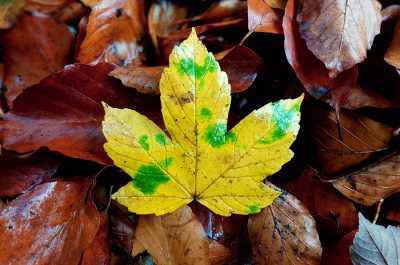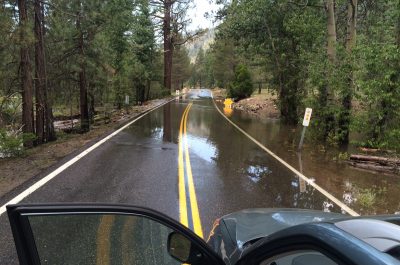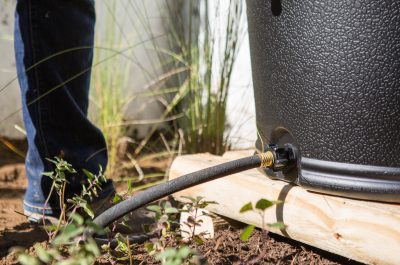What can your garden teach you about climate change? A lot! Planting season is upon many ISeeChangers in the northern hemisphere, and with it come the fingerprints of climate change as plants try to manage new conditions. It’s important to support plant communities through change as they also help combat urban heat, store stormwater and provide food for humans and many other species. Here are five ways to help your garden cope with change:
1 – Protect plants from extreme heat with extra watering and shade.
Some plants are more tolerant of heat than others, seek those out if you live in an area with a lot of heat waves.
Day 3 of a Red Flag warning due to high winds in nearby hills, hot temps, and low humidity. One of the earliest warnings warning in the last 10 years. Shading bolting veggies due to heat.
— Lesli Lee
2 – Make a plan to have trees trimmed and planters secured ahead of hurricanes.
Some tree species are more likely to lose branches during high winds. Plant trees (like palms!) that are adapted to survive hurricanes.
We hope we are better prepared this time. We learned the hard way from Irma in 2017. We live 2 blocks west of the Halifax River. The Atlantic is about a mile east. We have precut plywood that fits into each of our 21 windows & a great way to brace them in place without screws. We’ve used it twice before. We bought FloodSax for our registers & entrance ways this time. We are elevated 2 feet above ground level. (Our home came extremely close to flooding during Irma)We will secure large outdoor items plus bungee any large totes to the garage wall. We have enough water for every water need. We have enough provisions for ourselves & our 7 cats. Enough litter, too. We have batteries in all our votives & tealights. Flashlights, too.
We had all 3 of the live oak trees that surround our house trimmed in April.
We will move our vehicles to higher ground only one block west from home. And then the potted plants. That’s a challenge- flooding or wind, either way, they’re vulnerable. I will place them in our garage which sits on ground level & hope for the best. It flooded during Irma & I lost very precious things.
It’s very hot & humid today. We watch Weather updates. My husband, pastor and long time friend helped a 92 y/o lady to obtain, fill, haul & place sandbags along venerable areas of her home on the river today.
— Helen Cummins
3 – Help your garden survive through droughts with supplemental watering and mulch.
If you live in an area, like the Western U.S., that is more drought prone, be sure to plant species that can handle periods of drought when there are water restrictions.
We planted seeds in our community garden plot about a week ago. They haven’t turned the water on at the garden so we have been bringing our own water everyday for the seeds since it has been really warm and dry.
— Lily Evanston
4 – Stay aware of low temperatures in the spring, and protect tender plants — like fruit trees — with cloths when late freezes occur.
Freezes at the wrong stage of development can hurt a perennial fruit crop. If you have small plants, cover them with buckets or bring them inside.
spring has definitely started early in york! the trees in my neighborhood are already blooming, and normally they don’t bloom until late april, early may. weird!
— Skylar Newman
5 – Use gardening to adapt to climate change!
Plant trees for shade and for stormwater collection. Stick with plants that are adapted to the stressors that your area may face.
Happy World Wetlands Day!
Wetlands and water availability, quality and use are closely linked. These natural reservoirs act as storage areas, natural purifiers filtering water making it potable – fit for our consumption.
Wetlands provide important ecosystem services such as habitat for abundance of wildlife and fisheries, water quality improvement, flood protection, erosion control, high rates of primary conductivity, and sequestration of carbon and nitrogen.
Here we are working on a project to restore cypress swamp communities at Big Cypress National Preserve. The freshwater of the Big Cypress swamp is essential to the health of the neighboring Everglades. Wetlands are a bridge to and barrier from the sea.
As saltwater intrusion worsens due to the loss of the Everglades to make way for overdevelopment, sea level rise from climate change, excess of nutrients and nutrient runoff from agriculture, it is imperative we protect the wetlands we have left and restore the sheet flow.
— Claudia Sebastiani




